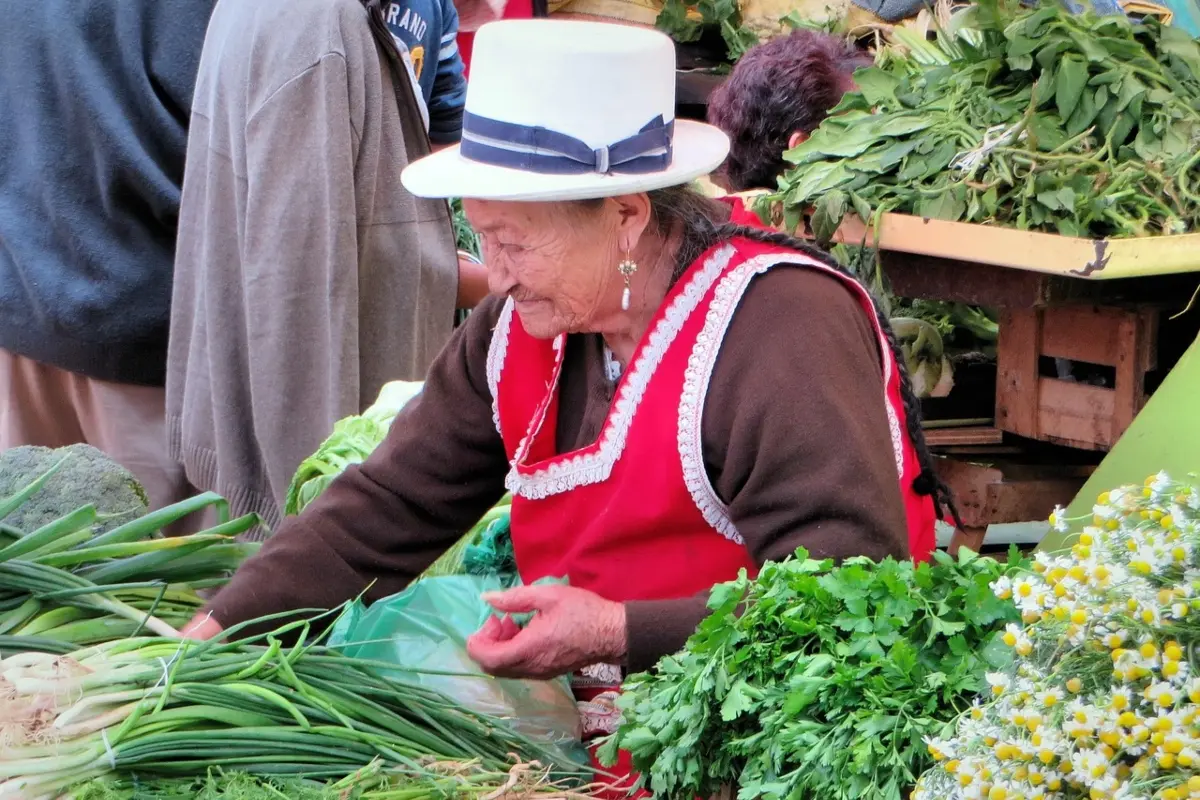
Do you want to access to this and other private contents?
Log in if you are a subscriber or click here to request service
Ecuador: two sites recognized as global agricultural heritage
FAO promotes "chakra" territories as sustainable and suitable for promoting female work

Two agricultural and agroforestry biodiversity systems in Ecuador (one in the Andes and one in the Amazon region of the country) have been recognized as Global Agricultural Heritage Systems (GIAHS) by the Food and Agriculture Organization of the United Nations (Fao). The two Ecuadorian sites have thrived on the collective action of indigenous peoples, ensuring the sustainable management of natural...
lml - 29248
EFA News - European Food Agency
EFA News - European Food Agency